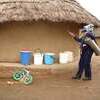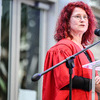A way forward for SA’s energy supply
03 April 2019 | Story Staff writer. Photo Morgan4uall, Pixabay. Read time 4 min.
A new study from the University of Cape Town’s (UCT) Energy Research Centre (ERC) finds that a diverse mix of energy solutions is the best way forward to ensure a cheaper, cleaner and more reliable electricity supply for South Africa.
The recent wave of rolling blackouts in South Africa following Cyclone Idai has highlighted the need to take climate change into account when planning the future of the country’s energy sector.
The new SA-TIED (Southern Africa – Towards Inclusive Economic Development) technical assessment undertaken by the ERC is a collaboration, between local and international research institutes and the government of South Africa, that aims to inform debate on the the draft Integrated Resource Plan (IRP2019) which was recently presented by the Department of Energy to the National Economic Development and Labour Council (Nedlac).
The study finds there is no single or quick-fix solution to South Africa’s electricity woes, but that an energy-mix should be adopted – not only to save money for consumers, industry and the economy broadly, but also to meet the country’s carbon emission targets.
Phasing out coal in the power sector by 2040 would also allow the country to fulfil its commitment to the Paris Agreement, which includes a goal of limiting warming to well below 2° C, without significant impact on the economy.
Key findings
-
Renewable energy plus flexible generation or storage provides the least-cost pathway for the electricity sector. No new coal or nuclear power plants should feature in South Africa’s electricity future, as their inclusion would require subsidies from consumers.
-
South Africa should pursue a large-scale procurement programme for battery technology to provide storage capabilities for variable renewable energy.
-
Retrofitting power stations for compliance with the minimum emission standards (MES) is – for the most part – the least costly option for the electricity sector. This is due to the relatively higher costs of new technologies in the period 2020 to 2025. In terms of cost, it would be optimal to retrofit Eskom’s coal-fired fleet of power stations to meet the new plant standards by 2025 rather than retire them, except in the case of Majuba.
The study proposes that the Department of Environmental Affairs considers suspending compliance requirements for the best performing (in terms of pollutants) stations, and in exchange, Eskom agrees to retire the least-performing stations by 2030 at the latest.
Phasing out coal in the power sector by 2040 would also allow the country to fulfil its commitment to the Paris Agreement, which includes a goal of limiting warming to well below 2° C, without significant impact on the economy.
One of the key critiques of the draft IRP, the study argues, is that it does not adequately address the central problem of climate change mitigation – even though the electricity sector currently accounts for more than 40% of South Africa’s emissions. The ERC assessment takes this into consideration and provides an economy-wide analysis.
The paper is titled ‘Least-cost integrated resource planning and cost-optimal climate change mitigation policy: Alternatives for the South African electricity system’ and can be found here.
SA-TIED’s primary goal is to improve how research and policy relate by producing cutting-edge research for inclusive growth and economic transformation in the southern African region.
The collaboration is between the United Nations University World Institute for Development Economics Research (UNU-WIDER); the National Treasury of South Africa; the International Food Policy Research Institute (IFPRI); the South African Department of Monitoring, Planning and Evaluation; the Department of Trade and Industry of South Africa; South African Revenue Services; Trade and Industrial Policy Strategies; and other universities and institutes.
It is funded by the National Treasury of South Africa, the Department of Trade and Industry of South Africa, the Delegation of the European Union to South Africa, IFPRI, and UNU-WIDER through the Institute’s contributions from Finland, Sweden and the United Kingdom to its research programme.
 This work is licensed under a Creative Commons Attribution-NoDerivatives 4.0 International License.
This work is licensed under a Creative Commons Attribution-NoDerivatives 4.0 International License.
Please view the republishing articles page for more information.
Research & innovation
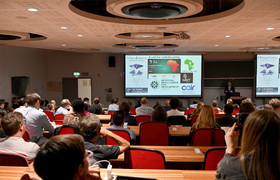

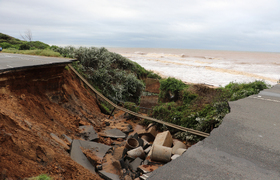


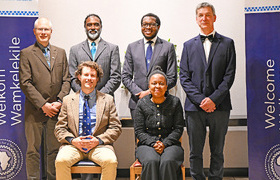
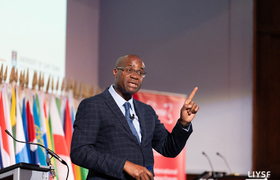




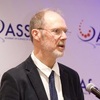






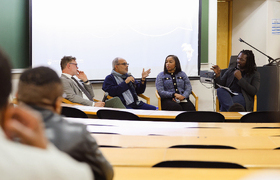

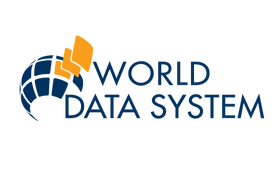

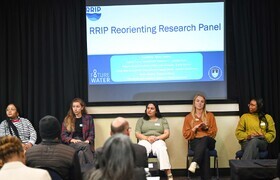









.jpg)

